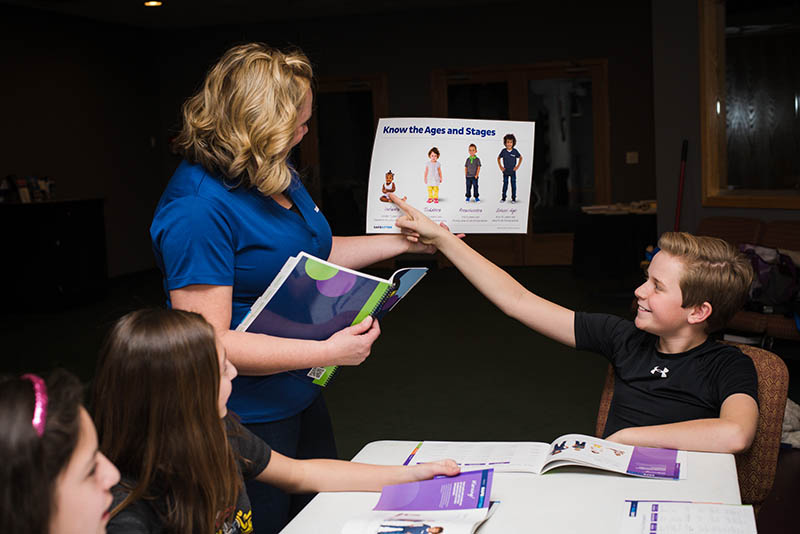
Providing life skills, safety skills, and child care training in order to build safer communities.

Managing difficult behavior is often the hardest part about taking care of children.
There are four rules you must follow when caring for children:
Check out the six behavior management tips listed below to help you deal with this kind of behavior.
INFANTS
Under 1 year old and depend completely on you.
TODDLERS
1 to 2 years old and mostly depend on you.
PRESCHOOLERS
3 to 5 years old and mostly able to do things alone.
SCHOOL AGE
6 to 10 years old and able to do things alone.

Learn more about managing children’s behavior when you’re babysitting including how to prevent challenging behavior.